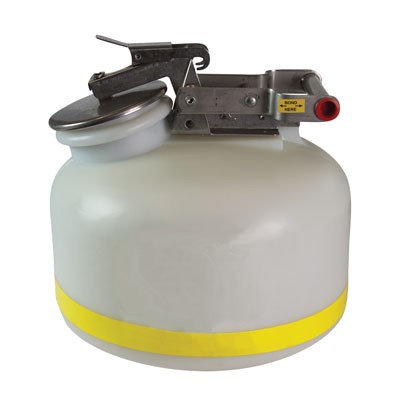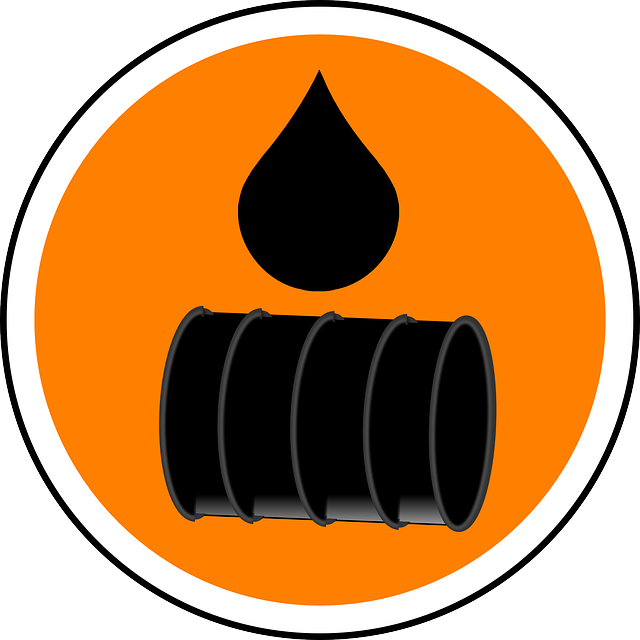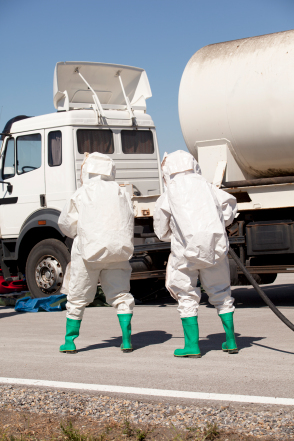Dependable Liquid Waste Disposal Melbourne: Safe and Efficient Services
Dependable Liquid Waste Disposal Melbourne: Safe and Efficient Services
Blog Article
How Fluid Waste Disposal Works: A Detailed Review of Strategies and Technologies Utilized

Introduction of Fluid Waste Kind
The complexity of liquid waste types necessitates an extensive understanding of their attributes and effects for disposal. Fluid waste can extensively be categorized into several kinds, consisting of commercial, local, agricultural, and dangerous waste. Each classification exhibits distinct residential or commercial properties, requiring specific monitoring approaches to minimize ecological and health and wellness dangers.
Industrial fluid waste originates from manufacturing procedures and commonly includes a series of pollutants, such as hefty steels, solvents, and natural substances. Municipal liquid waste, primarily making up wastewater from homes and commercial establishments, contains natural matter, nutrients, and virus (industrial wastewater treatment). Agricultural fluid waste, including drainage from farms, might consist of fertilizers, chemicals, and animal waste, posturing dangers to water quality and ecological communities
Harmful liquid waste is identified by its toxicity, sensitivity, or potential to create damage. This category includes materials like acids, bases, and specific chemicals that demand strict handling and disposal methods. Comprehending these varied liquid waste kinds is essential for creating effective disposal techniques and ensuring compliance with ecological regulations. Appropriate category and characterization are vital for applying suitable therapy strategies and reducing the negative effect on public health and wellness and the setting.
Physical Therapy Approaches

Testing is the preliminary step, where larger particles and debris are removed from the fluid waste making use of displays or grates. This process safeguards downstream equipment from damages and makes certain smoother procedure. Complying with screening, sedimentation utilizes gravitational pressure to different solids from liquids. In sedimentation tanks, larger fragments clear up at the bottom, forming a sludge layer, while the clarified fluid can be additional treated.
Filtration is an additional vital method that entails passing the liquid through permeable materials, such as sand or membrane layers, to capture smaller sized bits. This action improves the quality of the liquid, making it suitable for succeeding treatment procedures.

Chemical Therapy Methods
Chemical therapy methods are essential for successfully managing fluid waste, particularly in attending to dissolved and colloidal pollutants that physical approaches may not appropriately remove. These strategies utilize different chemical representatives to neutralize, precipitate, or change hazardous compounds right into less damaging kinds.
One common technique is coagulation and flocculation, where chemicals such as alum or ferric chloride are included in advertise the aggregation of suspended fragments. This procedure enhances sedimentation, enabling for less complicated elimination of the resulting sludge. Additionally, oxidation processes, using representatives like chlorine or ozone, are employed to break down complicated natural substances and virus, rendering the waste safer for discharge or additional therapy.
Neutralization is an additional critical technique, which changes the pH of acidic or alkaline waste streams to neutral levels, stopping possible injury to downstream systems and the setting. Furthermore, advanced oxidation processes (AOPs) utilize combinations of oxidants and ultraviolet light to deteriorate consistent contaminants, accomplishing a greater degree of therapy effectiveness.
Organic Therapy Processes
Biological treatment processes play a vital duty in the monitoring of fluid waste by using bacteria to disintegrate natural issue and minimize pollutant levels. These processes can be broadly classified right into anaerobic and cardiovascular treatments, each employing particular microbial communities to achieve reliable waste destruction.
Cardiovascular treatment entails the usage of oxygen to assist in the malfunction of organic materials by microorganisms. This procedure is frequently implemented in triggered you can try this out sludge systems, where aeration containers give a favorable setting for microbial growth, causing the oxidation of organic pollutants. The resultant biomass can be divided from treated effluent through sedimentation.
In comparison, anaerobic therapy occurs in the lack of oxygen, depending on different microorganisms to damage down raw material. This technique is particularly useful for high-strength waste, as it produces biogas, a renewable power source, while lowering sludge production. Technologies such as anaerobic digesters are frequently utilized in industrial and metropolitan applications.
Both anaerobic and cardio biological therapies not only decrease the environmental influence of liquid waste yet also promote resource healing, making them important parts of sustainable waste monitoring methods. Their flexibility, effectiveness, and effectiveness sustain their prevalent implementation across numerous sectors.
Emerging Technologies in Disposal
Ingenious strategies to fluid waste disposal are rapidly progressing, driven by innovations in technology and a boosting focus on sustainability. Amongst these arising technologies, membrane bioreactors (MBRs) have gained grip for their capacity to integrate organic therapy with membrane layer purification, causing top quality effluent that can be reused in numerous applications. MBRs allow smaller impacts and a lot more effective procedures compared to traditional systems.
Another appealing advancement is the use of anaerobic digestion integrated with nutrient healing innovations, which not only treats liquid waste but also produces biogas and recuperates important nutrients like nitrogen and phosphorus. This double benefit enhances resource performance and lowers ecological influence.
Furthermore, advanced oxidation processes (AOPs) are being adopted for the you could check here destruction of intricate natural contaminants. These methods utilize effective oxidants and drivers to break down contaminants at the molecular degree, using an extremely effective solution for tough waste streams.
In addition, the combination of synthetic intelligence and artificial intelligence in waste administration systems is optimizing functional effectiveness and anticipating upkeep, resulting in reduced prices and enhanced ecological compliance. These technologies mirror a considerable change in the direction of more reliable and sustainable fluid garbage disposal practices.
Verdict
In conclusion, effective liquid waste disposal demands a comprehensive understanding of different methods and modern technologies. By continuously advancing these methods, it comes to be feasible to address the growing difficulties connected with fluid waste, inevitably adding to ecological defense and resource recovery.
Liquid waste disposal is an important facet of ecological monitoring, requiring a comprehensive understanding of various techniques and innovations tailored to different waste types. Liquid waste look at this website can broadly be categorized into several types, including industrial, community, agricultural, and dangerous waste. Agricultural liquid waste, consisting of overflow from farms, may include fertilizers, pesticides, and pet waste, posturing threats to water top quality and ecosystems.
Various physical treatment approaches play a critical role in managing liquid waste effectively - industrial wastewater treatment.In conclusion, reliable fluid waste disposal demands a thorough understanding of numerous methods and innovations
Report this page